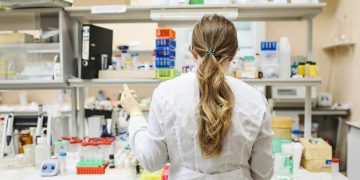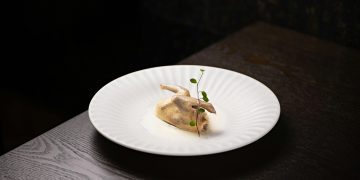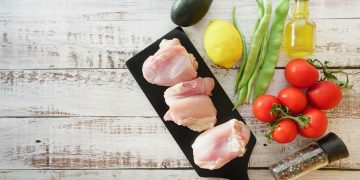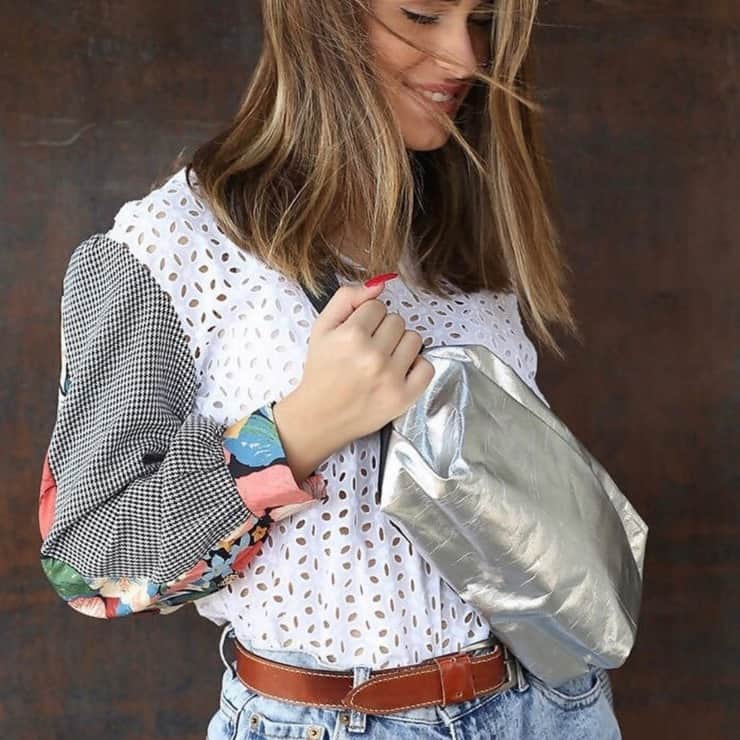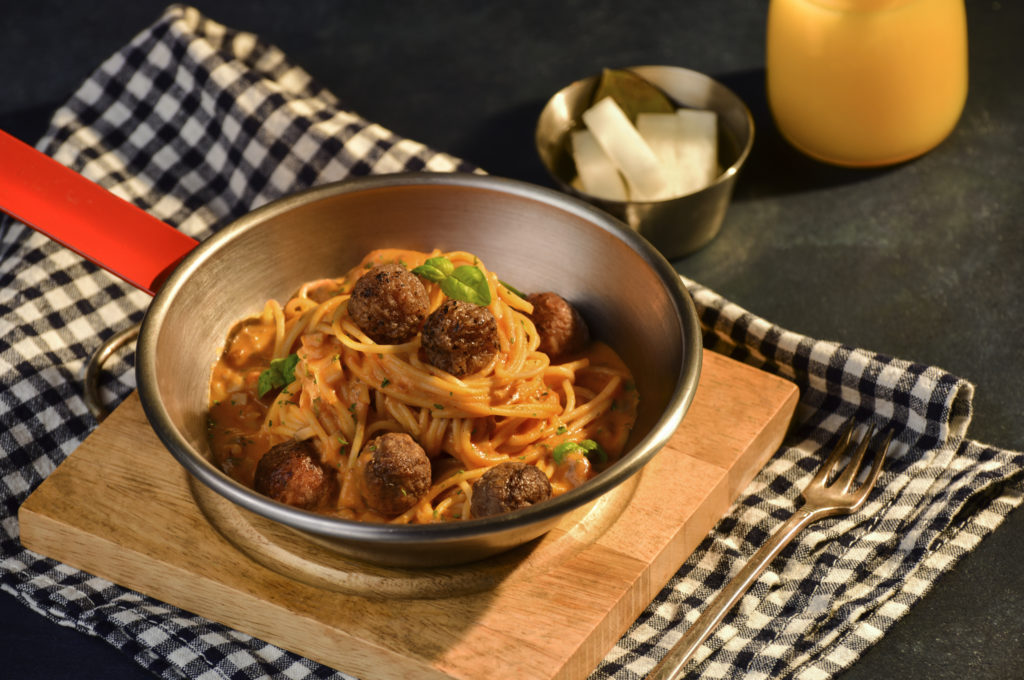Alternative meats are all the rage. They’re rich in fiber and low in bad fats. They bleed, brown and crumble just like meat, but no cows are slaughtered in the process. To the untrained eye, if prepared properly, real meat and most popular meat alternatives — Beyond Meat, Impossible, NUGGS — look, smell and taste about the same. But what about real leather versus that made from plants, mushrooms or pineapples? What about lab-grown leather?
Lab-grown leather?

While there are a number of companies interested in developing the next leather — 95 companies specializing in alternative materials raised approximately $980 million dollars from investors in 2021, according to the Material Innovation Initiative — not one has attempted to recreate leather at the cellular level. There’s been leather made from cacti, mushrooms and pineapples, but never the biological composition — a.k.a. a few cells — of a cow. California-based biotech firm VitroLabs wants to change that.
“At a time when environmental stewardship is more important than ever, biotech companies have the opportunity to lead the way in changing how we produce materials and build supply chains, working hand in hand with existing artisans and craftspeople who are the cornerstone of the $400 billion dollar leather goods industry,” says CEO Ingvar Helgason.
“There has been an explosion of companies that are developing alternative materials to leather. However at VitroLabs, our cultivated animal leather preserves the biological characteristics that the industry, craftsmen, and consumers know and love about leather, while eliminating the most environmentally and ethically detrimental aspects of the conventional leather manufacturing process associated with its sourcing.”

Helgason brings an interesting, oft-omitted point about plant-based and synthetic leathers. It doesn’t matter how high-quality the new raw material is if no specialized craftspeople — the ones trusted by luxury brands both big and small — know how to work with it. Alternative leathers should act, adhere, age, bend, curve, cut and dry like real leather, or widespread adoption will happen too slowly.
Picky customers will eagerly point out the differences between leather and pleather. Designers, accustomed to working with only the best materials, will balk at the idea of using felt-ish fake leather over the real thing. These all sound like petty, first-world problems, for sure — but a concern for quality is in itself an effort rooted in sustainability. Better things last longer, making them less likely to wind up occupying space in a landfill.
It’s no secret that animal hide is a harder-wearing, longer-lasting material than most synthetic or alternative imitations. But it has a hell of a footprint — both environmentally and morally. That’s why alternatives are such a pressing innovation, but, so far, few, if any, have promised exact sameness.
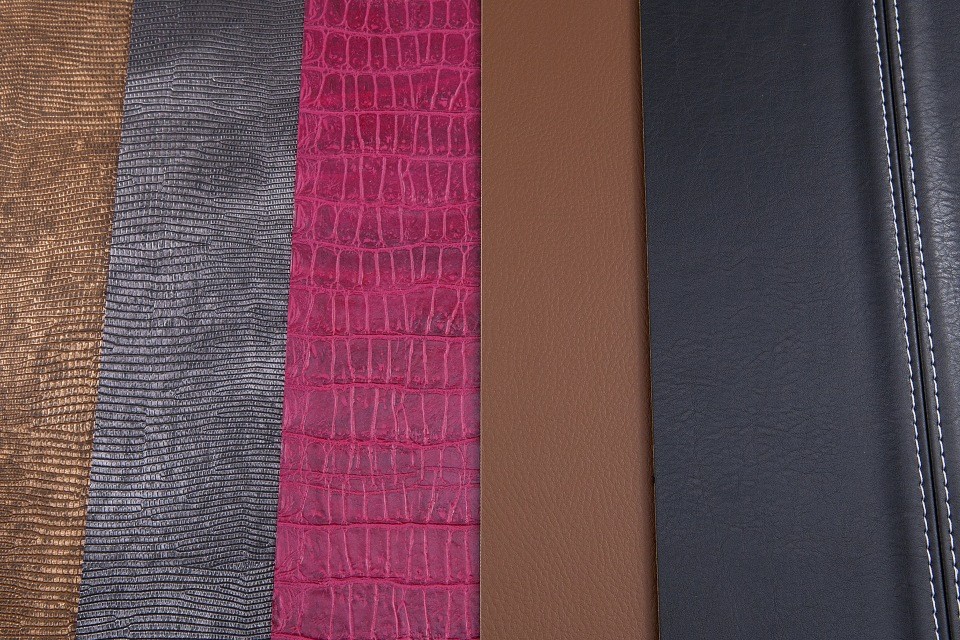
VitroLabs claims it can grow sheets of leather from a small tissue sample, which it will harvest from the animal just once. That cow is unharmed in the process, and it won’t need to be swabbed ever again. After harvest, the cells are held in a nutrient-rich environment, where they’ll grow into a complex hide containing the myriad proteins that make it such a durable material.
VitroLabs’ first samples went into production this spring, as a pilot program funded by Kering, the owner of more than a dozen high-end brands (Gucci, Saint Laurent and so on.) There’s no plan in place for its first use, but the lab-grown leather will likely face fewer hurdles than lab-grown meat, which people ingest instead of simply wear.



